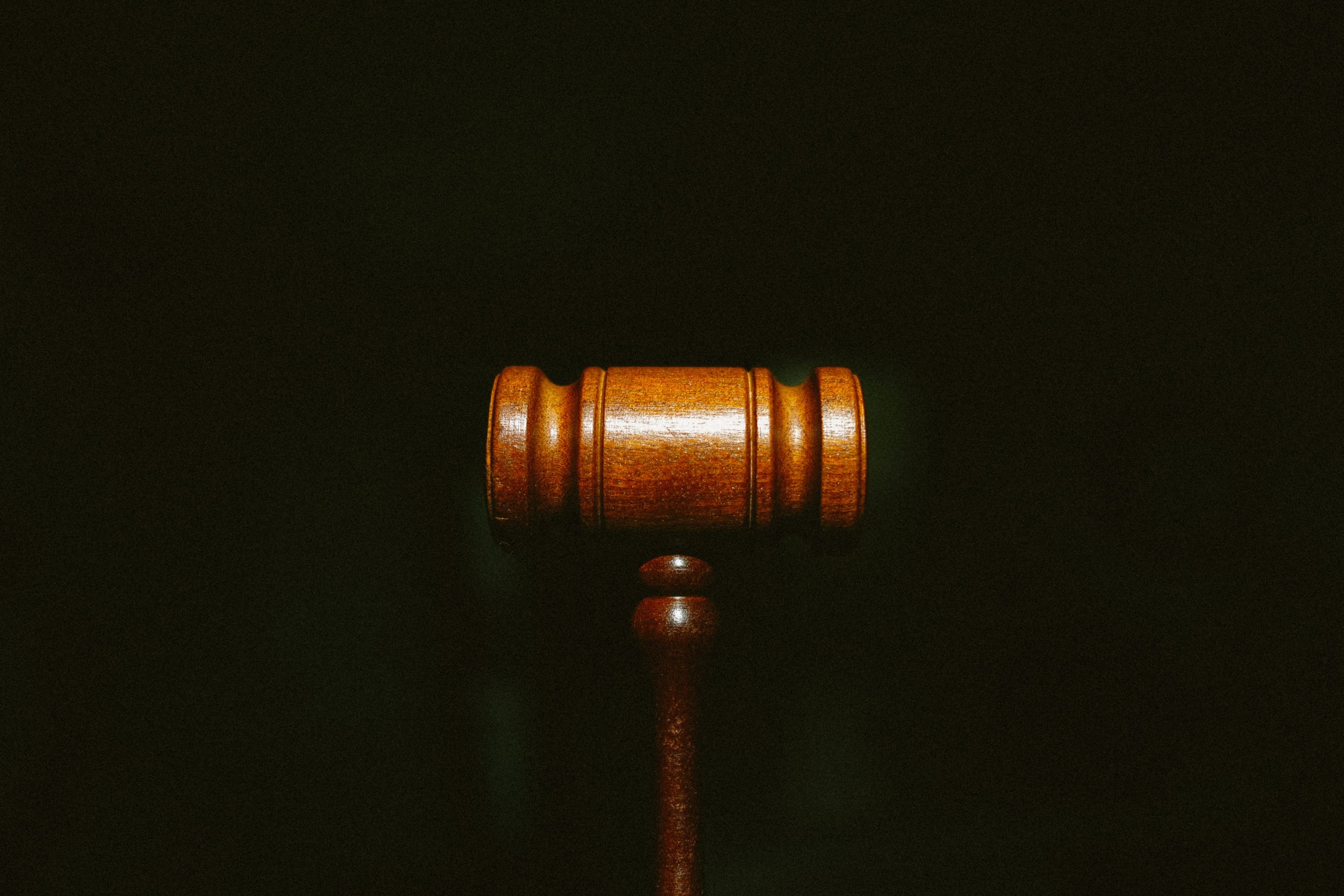 If a personal injury lawsuit goes to trial, two parties present their arguments in front of a judge or jury: the plaintiff (injured party) and the defendant. The plaintiff must prove their claims are valid, while the defendant only must prevent the plaintiff from reaching the burden of proof.
If a personal injury lawsuit goes to trial, two parties present their arguments in front of a judge or jury: the plaintiff (injured party) and the defendant. The plaintiff must prove their claims are valid, while the defendant only must prevent the plaintiff from reaching the burden of proof.
What is the Burden of Proof?
In a California personal injury lawsuit, the plaintiff must show the court their claims are more likely true than untrue. This is what’s known as the burden of proof. The burden of proof varies for different areas of law. For example, a criminal defense case has the highest standard of proof; the prosecution must prove their version of events has occurred beyond a reasonable doubt. The jury must be highly confident that the accused party’s actions led to the plaintiff’s injury.
However, the stakes are much lower in a personal injury claim. The jury must be at least 50% certain that the injury occurred due to the fault of the defendant. This is also known as a “preponderance of the evidence.”
How Do You Establish the Burden of Proof?
Before a case goes to trial, a personal injury lawyer will investigate the claim. During the trial, the injured party will present their version of events as testimony in front of a judge or jury. In addition, expert witnesses may also be called to testify.
A personal injury lawyer will then establish that the defendant owed a duty of care to the plaintiff. Then, they will attempt to connect how the defendant’s negligence or breach of this obligation led to the plaintiff’s injury.
A personal injury attorney will do this by presenting evidence to support their client’s testimony. According to Freedman Law, evidence usually includes items such as “security camera footage, pictures taken at the scene of the accident, doctor’s notes, receipts, and more.”
Does the Burden of Proof Ever Shift to the Defense?
In what’s known as an “affirmative defense,” the burden of proof shifts to the defense. This occurs when the defense provides additional facts to defend their unlawful conduct against the plaintiff. In other words, an affirmative defense brings new evidence that the defense must prove.
Why Does the Burden of Proof Vary in Different Areas of Law?
Criminal cases carry more severe punishments. Therefore, the burden of proof is set higher to prevent innocent people from an unjust jail or prison sentence. Personal injury claims have less severe penalties, usually involving payment for medical expenses or pain and suffering damages.
What Type of Negligence Applies to California?
California is a state that applies pure comparative negligence to personal injury cases. This means victims can still recover damages even if they were 99% responsible for their accident. In states that have a pure contributory negligence law, if you are found even 1% at fault for an accident, you are unable to receive compensation.
For more information on the different types of negligence, you can read this study on state negligence laws here.


No Comment